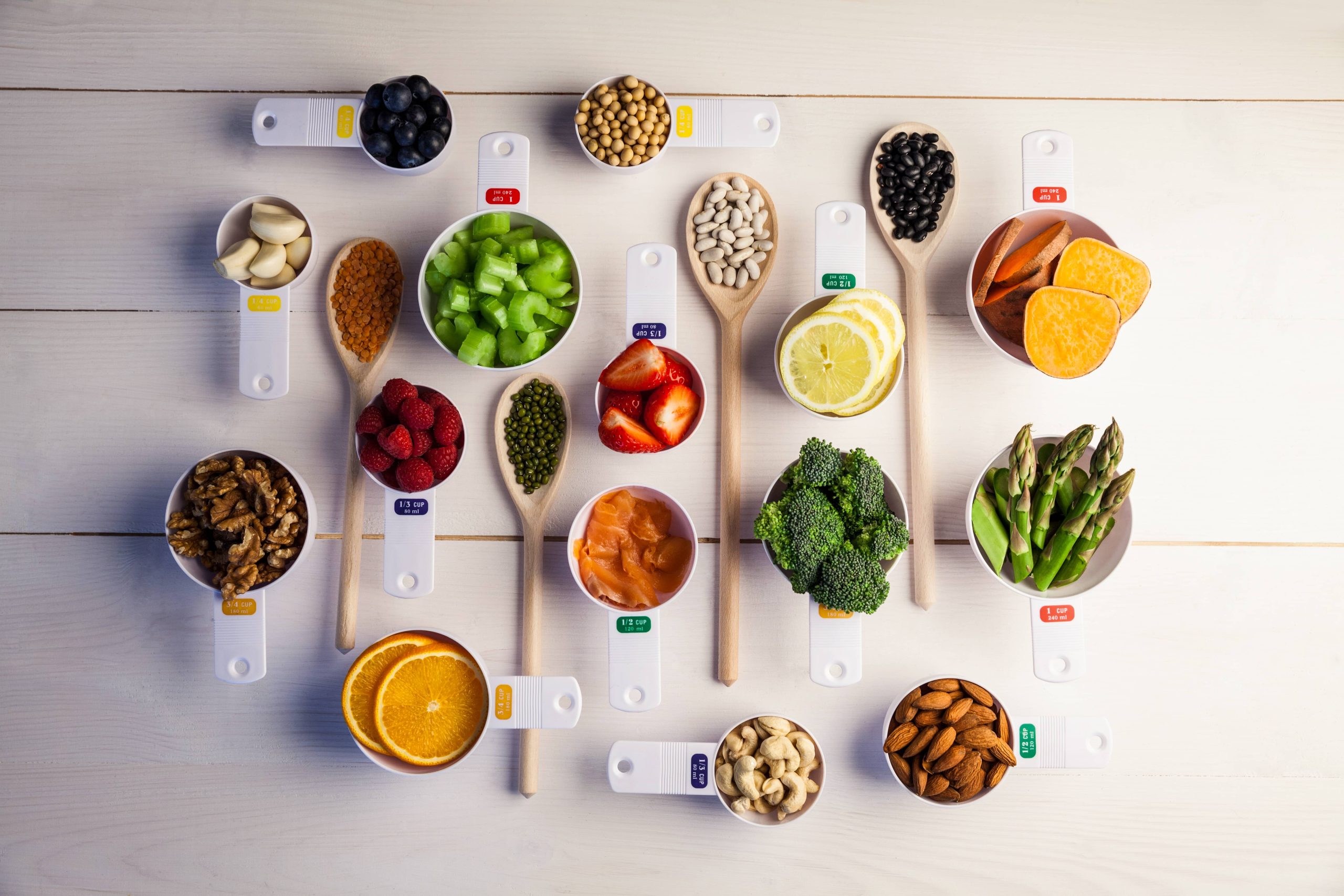
In the world of nutrition, protein often takes center stage. It’s a macronutrient essential for building muscle, repairing tissue, and producing enzymes and hormones. While many people immediately think of meat, eggs, and dairy as primary protein sources, there are numerous hidden protein sources that can enrich your diet, especially if you’re exploring plant-based or unconventional options. Let’s dive into some of these lesser-known protein powerhouses.
The Importance of Protein
Before we explore hidden sources, it’s crucial to understand why protein is vital. Proteins are made up of amino acids, which are the building blocks of life. They play a critical role in maintaining and repairing body tissues, supporting immune function, and serving as a source of energy. For those following a vegetarian or vegan diet, ensuring adequate protein intake can sometimes be challenging, making it essential to identify diverse sources.
Legumes: More Than Just Beans
Legumes, including beans, lentils, and chickpeas, are well-known plant-based protein sources. However, within this category, there are some hidden gems:
– Lupini Beans: Often overlooked, lupini beans are a Mediterranean staple packed with protein. They contain about 26 grams of protein per 100 grams, making them an excellent addition to salads or as a snack.
– Mung Beans: Popular in Asian cuisine, mung beans are not only rich in protein but also in fiber and antioxidants. They can be sprouted, cooked, or used in soups and stews.
Seeds: Tiny but Mighty
Seeds are often underestimated in their protein content, yet they pack a punch:
– Hemp Seeds: These small seeds are a complete protein source, meaning they contain all nine essential amino acids. With about 9 grams of protein per 3 tablespoons, they can be sprinkled on yogurt, salads, or blended into smoothies.
– Pumpkin Seeds: Also known as pepitas, pumpkin seeds offer around 7 grams of protein per ounce. They are versatile and can be roasted for a crunchy snack or added to granola.
Grains: Beyond the Basics
While grains are typically associated with carbohydrates, some are surprisingly high in protein:
– Quinoa: Often mistaken for a grain, quinoa is a seed that provides 8 grams of protein per cup cooked. It’s a complete protein and can be used in salads, bowls, or as a rice substitute.
– Amaranth: This ancient grain is gluten-free and contains about 9 grams of protein per cup cooked. It’s perfect for porridge or as a side dish.
Nuts: More Than Just a Snack
Nuts are a convenient and tasty protein source:
– Almonds: With 6 grams of protein per ounce, almonds are not only a great snack but also a source of healthy fats and vitamin E.
– Pistachios: These nuts offer 6 grams of protein per ounce and are rich in antioxidants. They can be enjoyed on their own or added to dishes for extra crunch.
Vegetables: Surprising Protein Content
While vegetables are not typically high in protein, some contain more than you might expect:
– Broccoli: This cruciferous vegetable provides about 3 grams of protein per cup. It’s also high in fiber and vitamin C, making it a nutritious addition to any meal.
– Spinach: With 5 grams of protein per cooked cup, spinach is a versatile leafy green that can be used in salads, smoothies, or as a cooked side dish.
Unconventional Sources
Exploring unconventional protein sources can add variety to your diet:
– Nutritional Yeast: This deactivated yeast is a favorite among vegans for its cheesy flavor and high protein content, offering 8 grams per 2 tablespoons. It’s perfect for sprinkling on popcorn or pasta.
– Edible Insects: While not for everyone, insects like crickets are gaining popularity as a sustainable protein source. They are rich in protein and can be found in protein bars or as a powder to add to recipes.
Incorporating Hidden Protein Sources
Incorporating these hidden protein sources into your diet can be simple and delicious. Here are a few tips:
1. Mix and Match: Combine different protein sources to ensure you’re getting a variety of amino acids. For example, pair quinoa with black beans for a complete protein meal.
2. Experiment with Recipes: Try new recipes that feature these hidden protein sources. For instance, make a lupini bean salad or a hemp seed smoothie.
3. Snack Smart: Keep protein-rich snacks like almonds or pumpkin seeds on hand for a quick energy boost.
4. Explore Global Cuisines: Many cultures have traditional dishes that incorporate these protein sources. Exploring global cuisines can introduce you to new flavors and ingredients.
Conclusion
Protein is an essential part of a balanced diet, and there are countless hidden sources beyond the typical meat and dairy options. By exploring legumes, seeds, grains, nuts, vegetables, and unconventional sources, you can diversify your protein intake and enjoy a wide range of flavors and nutrients. Whether you’re a vegetarian, vegan, or simply looking to expand your dietary horizons, these hidden protein sources offer a wealth of benefits for your health and well-being.











